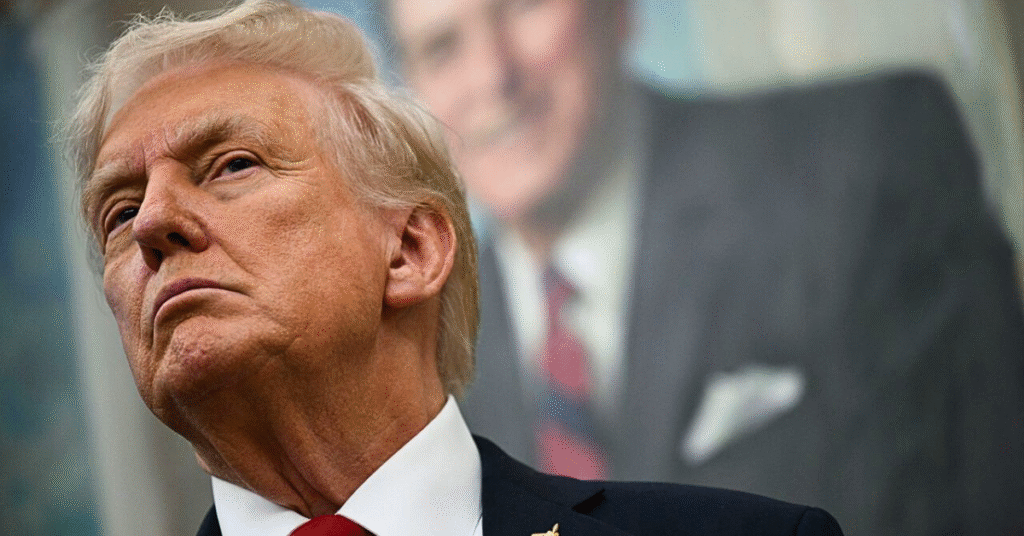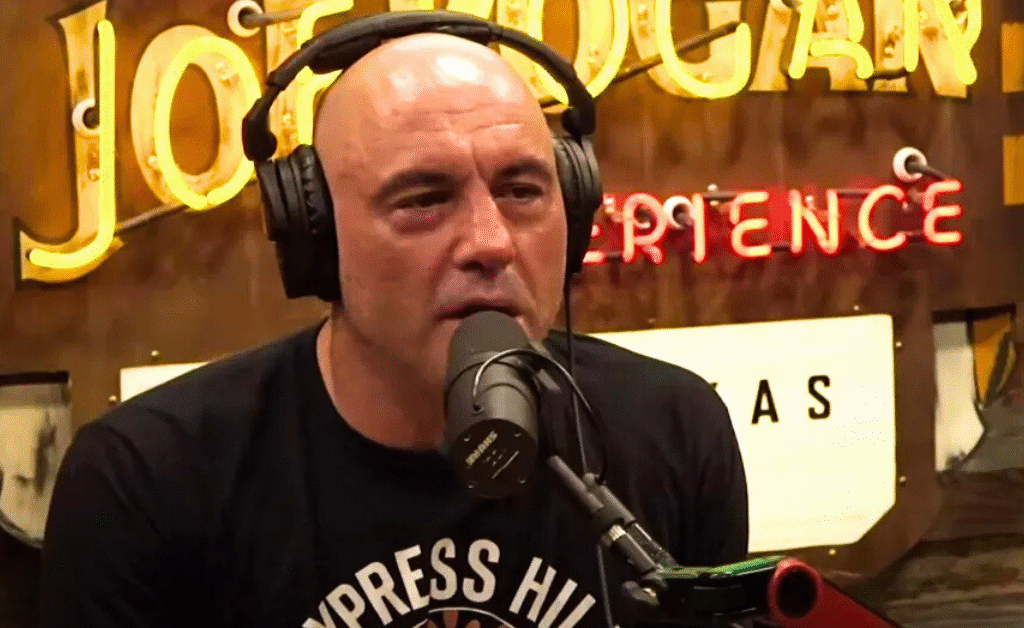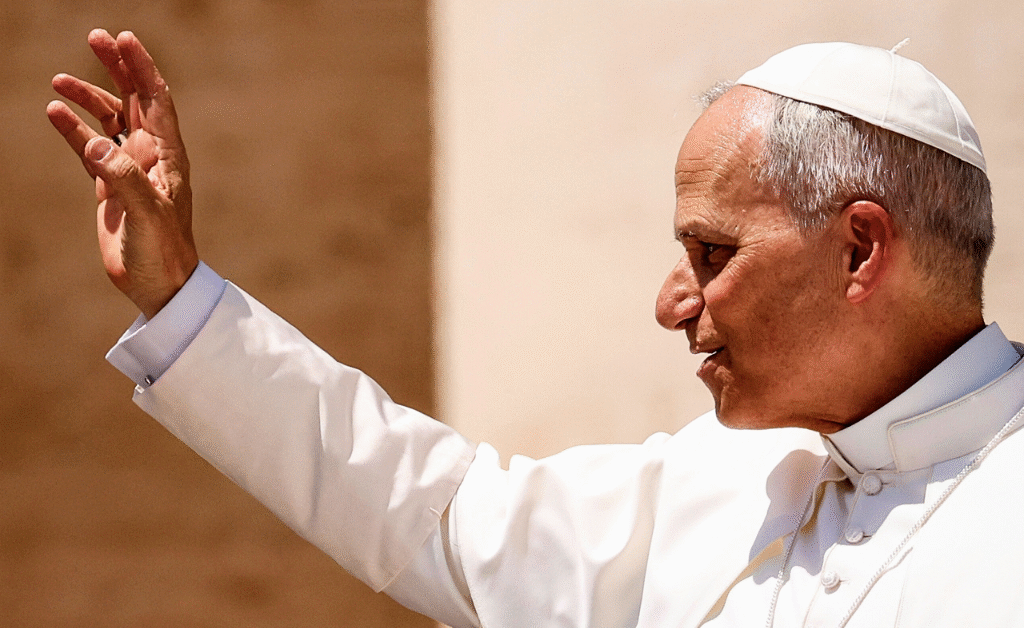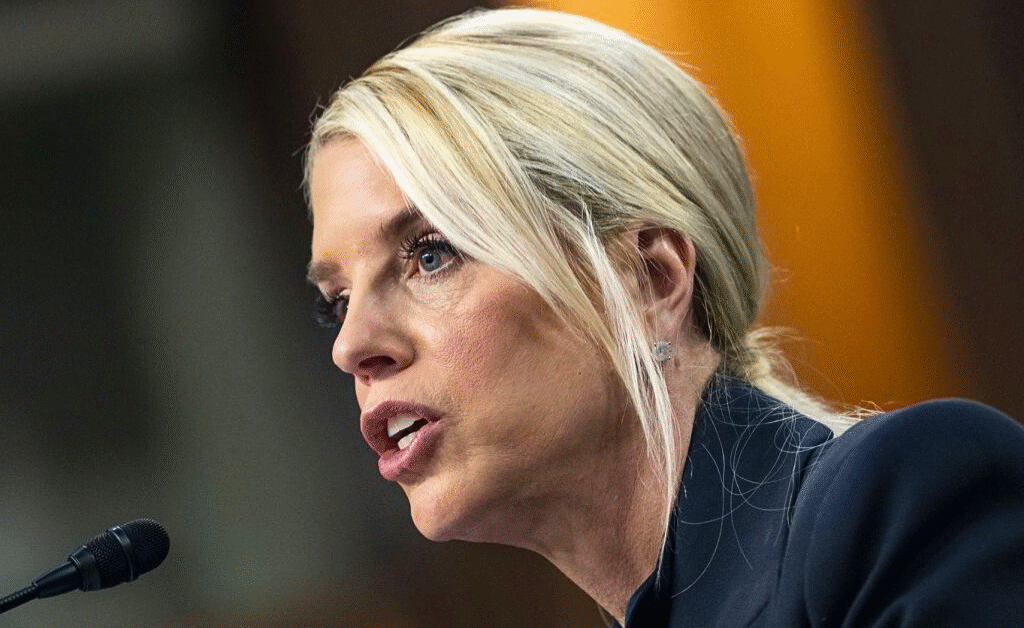- Trump promises $2,000 tariff-funded "dividend" checks to middle-income Americans, framing tariffs as consumer relief and political selling point.
- Independent analyses show costs could reach $600B annually, far exceeding projected tariff revenues and worsening deficits and debt.
- Lawmakers, economists, and markets are skeptical—political resistance, legal risks, and inflationary or bond-market repercussions make payouts unlikely.
In the shadow of skyrocketing grocery bills and a national debt barreling toward $38 trillion, President Donald Trump is doubling down on a promise that’s capturing the imagination of millions: $2,000 “dividend” checks for everyday Americans, courtesy of his aggressive tariff regime.
Speaking to reporters in the Oval Office on Monday, Trump painted a vivid picture of relief on the horizon.
“We’ve taken in hundreds of billions of dollars in tariff money,” he said.
The FrankNez Media Daily Briefing newsletter provides all the news you need to start your day. Sign up here.
“We’re going to be issuing dividends…probably the middle of next year, a little bit later than that, of thousands of dollars for individuals of moderate income, middle income.”
It’s the kind of straightforward, pocketbook pitch that helped propel Trump back to the White House—a direct counterpunch to the affordability crisis that’s left polls showing widespread voter frustration with his economic playbook.
But as details emerge, the proposal is colliding head-on with cold, hard math and political headwinds.
Independent analyses paint a sobering picture: These checks could cost up to $600 billion annually, dwarfing the $300 billion or so in projected tariff revenue.
And with Republicans in Congress already jittery about the deficit after greenlighting Trump’s massive “One Big Beautiful Bill” earlier this year, the path forward looks anything but smooth.
The Pitch: Tariffs as the People’s Payday
Trump’s tariff dividend idea isn’t new—it’s evolved from campaign trail banter into a cornerstone of his second-term agenda.
In a Truth Social post over the weekend, he touted the plan explicitly: a dividend payment of “at least $2,000 a person (not including high income people!) will be paid to everyone.”
The funds, he insists, would come straight from the “trillions” flowing in from duties on imports from China, Mexico, and beyond—enough not just for checks, but to “SUBSTANTIALLY PAY DOWN NATIONAL DEBT.”

The timing couldn’t be more poignant.
With inflation still pinching wallets—grocery prices up 25% since 2020, per recent Labor Department data—and consumer debt hitting record highs, Trump’s team sees the rebates as a way to reframe tariffs not as a tax on Americans, but as a boon.
Treasury Secretary Scott Bessent, appearing on Fox News, hinted at flexibility in delivery: “It could be just the tax decreases that we are seeing on the president’s agenda… No tax on tips, no tax on overtime, no tax on Social Security, deductibility on auto loans. Those are substantial deductions that are being financed in the tax bill.”
Bessent also narrowed the focus, suggesting eligibility for those earning “less than, say, $100,000,” potentially limiting the pool to 120-150 million recipients and trimming costs to $240-300 billion.
For families like the Garcias in suburban Ohio—where dad works construction and mom juggles two part-time gigs—the idea resonates.
“Two grand would cover our car payment for months,” Maria Garcia told reporters outside a Cleveland town hall last week.
It’s a sentiment echoing across battleground states, where Trump’s 2024 victory hinged on vows to tackle “kitchen table” economics.
The Math That Doesn’t Add Up: A $600 Billion Headache
But here’s where the dream hits the wall of reality.
Nonpartisan watchdogs have crunched the numbers, and they don’t lie.
The Committee for a Responsible Federal Budget (CRFB) estimates each round of $2,000 checks—modeled after COVID-era stimulus payments that included kids—would run about $600 billion.
That’s double the $300 billion in annual tariff hauls projected once all of Trump’s duties kick in, including those facing legal challenges.
Over a decade, annual payouts could balloon the deficit by $6 trillion, pushing national debt to 134% of GDP by 2035, up from 120% under current law.
The Tax Foundation’s breakdown is equally grim.
For 2025, tariffs might generate $158.4 billion; in 2026, $207.5 billion.
Yet even a conservative rollout—checks to tax filers and spouses earning $100,000 or less—would cost $279.8 billion in year one, a $121 billion shortfall.
Add dependents and non-filers, and you’re staring at $606.8 billion.
“The math just doesn’t work,” says Alex Durante, a senior economist at the Tax Foundation.
His colleague Erica York warns of another wrinkle: If the Supreme Court strikes down key tariffs—as justices seemed skeptical of Trump’s emergency powers during recent arguments—up to 75% of that revenue vanishes.
Yale’s Budget Lab pegs the tab at $450 billion, while the American Enterprise Institute’s Kyle Pomerleau calls the $2,000 figure “ahead of their skis.”
Pomerleau argues for scaling back: “You could do dividend checks, but they need to match the amount of revenue the tariffs are actually raising.”
On a revenue-neutral basis, CRFB says, tariffs could fund $2,000 checks every other year starting in 2027—or every seven years if the Supreme Court nixes most duties.
Economists aren’t just quibbling over spreadsheets; they’re sounding alarms on ripple effects.
Stephen Moore, a former Trump adviser and co-founder of Unleash Prosperity, blasts direct checks outright: “Sending out checks to people is a bad way to stimulate the economy. If there is tariff revenue, that should be used to cut income taxes across the board. Stimulus checks only stimulate inflation.”

Research from the St. Louis Fed backs him up: The 2020-2021 stimulus rounds, including Trump’s own signed checks, helped fuel the four-decade inflation peak.
Capitol Hill Pushback: Even Allies Balk
If the economics are shaky, the politics are a minefield.
Republicans, fresh off passing the deficit-busting “One Big Beautiful Bill” that’s already added trillions to the tab, are in no mood for more largesse.
Senate hawk Rand Paul didn’t mince words: “I think it would be crazy to send money to people while we have a deficit.”
Bloomberg reports a “cold reception” from GOP lawmakers, many eyeing the 2026 midterms warily—checks might juice turnout, but exploding debt could alienate fiscal conservatives.
Even within the administration, there’s hedging.
National Economic Council Director Kevin Hassett insists “there would actually be enough room to cover those checks,” but prediction markets like Polymarket peg the odds of payouts by March 31 at a mere 11%.
As Cato Institute’s Scott Lincicome puts it: “It’s highly unlikely there is some sort of stimulus check sent out next year. I would be pretty shocked.”
He likens it to a “magic money tree,” adding, “I find it extremely implausible that Republican budget hawks are just going to be okay with blowing another $300 billion to $600 billion.”
Wall Street echoes the caution.
Raymond James policy analyst Ed Mills warns that bond markets could “take away” any stimulus dreams instantly, spiking Treasury yields and borrowing costs for everyone from homebuyers to businesses.
“It’s almost like we shouldn’t want stimulus checks to happen, because it would be an indicator of something wrong,” Mills says.
“This is a break-the-glass, use in case of emergency tool.”
Why This Matters: Echoes of 2020 and a Lesson for Markets
Skeptics abound, but history whispers a reminder: Dismiss Trump at your peril.
He signed the first COVID checks—with his name emblazoned on them—and turned 2024 pipe dreams like no taxes on tips into law.
As Pangaea Policy’s Terry Haines noted in a client memo, “Trump keeps talking about it with increasing specificity, and Trump and congressional Rs have the legislative means to get it done, so markets today should consider it real.”
Investors are listening.
Tariff talk has already juiced sectors like steel and autos, but broader fiscal froth could stoke inflation fears, pressuring the Fed.
If checks materialize—perhaps via reconciliation, needing only GOP votes—they’d inject liquidity amid softening job growth, potentially averting recession but risking a bond vigilante revolt.
For now, the dividend dangles as both olive branch and grenade.
Trump, ever the showman, sees it as vindication: Tariffs as the engine of American revival.
Critics counter it’s a self-inflicted wound—higher import costs offset by handouts that deepen the hole.
As Durante quips, “The president is sort of creating a problem and then trying to fix his own problem.”
The real fix, some say, is scrapping tariffs altogether.
Also Read: A DOJ Whistleblower Now Makes Revelation That Undermines the Judicial System’s Integrity











